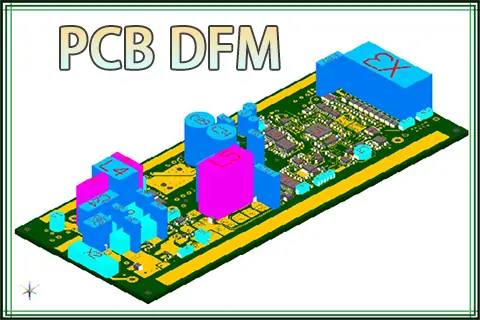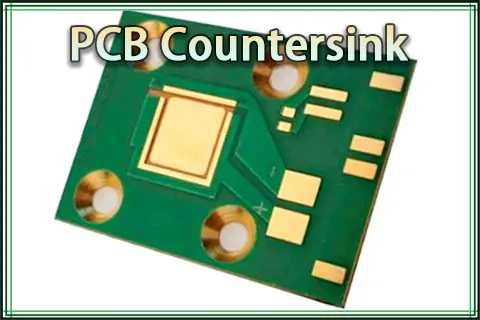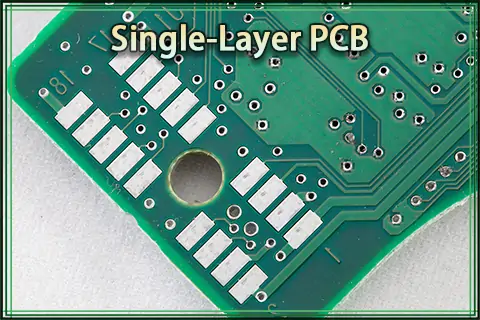The Double Sided PCB Assembly Process
Whenever you are looking to get your PCB assembled, you will find that there are a few different types of PCB assembly processes. Some of these include Thru hole PCB assembly,
turnkey PCB assembly, Reflow soldering, and Wave soldering.
Reflow soldering vs wave soldering
Choosing between reflow soldering and wave soldering for PCB assembly may be a daunting task. The two soldering technologies have a number of advantages and disadvantages. However, the best solution for your project will depend on your requirements. Regardless of which method you choose, there are a number of steps you need to take in order to achieve your desired results.
Reflow soldering and wave soldering are both effective techniques for creating a joint between PCB parts. The difference between these two methods is in the way that each method involves specific steps.
Reflow soldering occurs when powdered solder paste is melted in a reflow oven. The paste contains flux that helps to eliminate oxides from the PCB components.
Wave soldering, on the other hand, involves creating a solder joint between a pin and a pad using melted solder. In wave soldering, the pad shape, the orientation of the board, and the pad's orientation to the solder flow all play a role in the effectiveness of the technique. The speed of the band carrier and the duration of the wave contact are also important factors.
Both soldering methods are effective for commercial PCB construction. Depending on the type of PCB, you will need to select the method that is best suited for your project. Reflow soldering is suitable for SMT circuit board assembly while wave soldering is ideal for multi-lead through-hole components.
Reflow soldering is not as environmentally friendly as wave soldering, but it is more effective and is a good choice for smaller manufacturing projects. The process also requires less time than wave soldering.
However, it is important to understand the advantages and disadvantages of each method in order to make the best decision. These decisions will affect your manufacturing cost, efficiency, and time to market. The best approach is to discuss your requirements with an experienced PCB assembly company. They will have the expertise to recommend the best soldering method for your project. Regardless of which method you choose, you need to make sure that your engineering staff is up to the task.
Both reflow soldering and wave soldering have their place in the PCB manufacturing industry. The choice will depend on the design of your PCB, your manufacturing needs, and the components that you will be joining.
Putting solder paste and glue on the PCB
Putting solder paste and glue on the double sided PCB assembly process is a vital step in the manufacturing process. The right paste will ensure your PCB will be soldered securely without causing accidental connectivity. The paste may also be used to reinforce connections, such as the DC jack or JTAG header.
The most basic method of putting solder paste and glue on the double -sided PCB assembly process is to place it on the board. The paste is a mixture of solder powder, flux, and other magic ingredients. It may also be applied individually to pins using a syringe.
In the professional
smt assembly line, components are placed on the circuit board through a mechanical fixture and then moved into position by a pick-and-place machine. The PCB is then passed through a soldering machine. A stencil is used to ensure that the right amount of paste is deposited on the board.
The trick to putting solder paste and glue on the SMD PCB assembly process is to select the right type of paste. There are various types of pastes available, ranging from lead free to RoHS compliant. The best paste for a given application will depend on the type of PCB, the number of components, and the length of time the paste will be left in place.
Putting solder paste and glue on the SMDPCB assembly process is best done in a controlled environment with temperature controls. If left in the open, solder powder can oxidize, reducing the quality of solder balls and the overall degradation of the circuit board. It is best to store the paste at cool temperatures, preferably between 32 and 50 degrees Fahrenheit.
While the process of putting solder paste and glue on a PCB is a simple one, there are many factors to consider. The right paste, the right equipment, and the right methods can go a long way to ensuring a successful assembly.
The most important part of the process is choosing the right paste and the right method. For example, if you are going to be soldering many boards at a time, then you may want to consider a jet printing technique. This will allow you to deposit a high volume of paste while ensuring that it is deposited accurately.
Thru hole PCB assembly
Thru hole PCB assembly is the process of placing components onto PCB boards. It is one of the most popular ways to assemble circuit boards.
Through hole PCB assembly is a reliable method that can be used for manufacturing a wide variety of devices. This method is preferred for products that require high power, high-voltage components, or mechanical stress. It also has a higher yield rate than other assembly methods. It is also easy to replace components and adapt to changes.
Through hole PCB assembly can be performed manually or automated. Automated through hole PCB assembly requires more complex procedures. Manual through hole assembly is suitable for smaller companies. This method involves placing components on the PCB boards by hand.
The main equipment used for manual through hole assembly is a soldering iron. It has wires for transferring heat and metal contacts to transfer heat from the component to the board.
Through hole PCB assembly is typically used on single-layer PCBs. It is not recommended for multi-layer PCBs. It requires additional holes on each layer to be drilled. This increases the time and cost involved in the manufacturing process.
Through hole PCB assembly is used to assemble a variety of devices including aerospace, military, and high-end consumer electronics. It is also used for prototyping and PCB testing. Thru hole PCB assembly is an economical process that is widely used in the electronics industry.
Through hole PCBs are commonly used in military products because of their high-reliability and mechanical stress tolerance. These boards can tolerate collisions, jolts, and acceleration. They also have higher temperatures and environmental stresses. Through hole PCBs are also easy to replace, which is an important feature.
Through hole PCBs are also easier to prototype. This assembly process is suitable for high-power products, but it is not suitable for low-complexity applications. In addition, through hole PCB boards have a lower routing area, which is a disadvantage in multi-layer PCBs.
In addition to this, through hole PCBs are unsuitable for high-density designs. PCBs with smaller holes may need to be refabricated. In addition, through hole PCBs have a lower yield rate than other assembly methods.
Turnkey PCB assembly
Having a turnkey PCB assembly process is a great way to get your printed circuit boards made quickly, with little set up costs. It also eliminates the need to locate a separate PCB fabrication company. As a result, you'll be able to concentrate on other aspects of your business, like innovation.
Using a turnkey
pcb assembly supplier is also an efficient way to create high-performing circuit boards. This is because the provider will typically have a team of experienced assembly line operators on staff, and they'll maintain state-of-the-art manufacturing equipment.
Turnkey PCB assembly is also an excellent way to correct errors in design and manufacturing before the final product is created. This is because the provider will have a single point of contact, which can help operations with changes or adjustments. It also allows them to spot potential issues early, before they become problems.
One of the biggest challenges PCB manufacturers face is building a product quickly and at a reasonable price. Using a turnkey solution can help entrepreneurs find the best components at the most affordable prices, and give them a competitive edge.
Most turnkey suppliers offer additional services to help you control your costs and ensure your products are of the highest quality. These include designing and assembling your PCB, testing your products, preparing a user manual, and even shipping your final product.
When dealing with multiple vendors, communication can become confusing, which can lead to delays and wasted money. Fortunately, most turnkey suppliers have a single point of contact, which eliminates this problem. It also allows you to get quotes quickly and easily.
In addition to designing and assembling your PCB, PCBasic will also test your circuit designs for errors. The company will also test your packaging and make sure it meets the quality standards you require. They will also offer after-sale services to help you keep your products in perfect condition. They'll ship your product through courier services.
Double-sided PCBs are more complicated to assemble than single-sided boards. The components are placed on both sides of the board, but there are more on one side. The main differences between a single-sided PCB and a double-sided PCB are through-holes and conductor placement.











